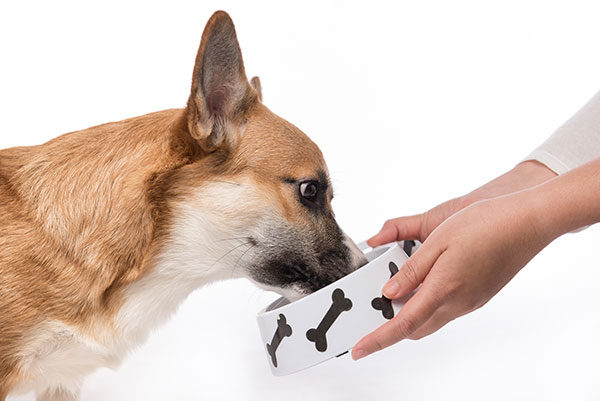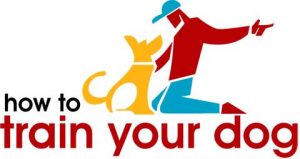As a pet parent, you might be taking care of your dog’s dental health, mental health, and skin. Right? But are you taking care of your dog’s muscle health?
When it comes to taking care of your furry friend, the muscle health of the dog often gets overlooked. Just like you, your dog also needs proper care to maintain strong and healthy muscles. Being proactive with your dog’s muscle health will help them live a happy and healthy life.
So, in this article, we’ll discuss some essential tips for pet parents to keep their dog’s muscles in top-notch condition. Let’s begin:
1. Exercise Regularly
It is obvious to say that regular exercising is crucial for your dog to maintain healthy and strong muscles. Just like humans, regular exercise benefits dogs physically, mentally, and emotionally.
However, the type of exercise may vary depending on the breed and size of your dog. You can engage your dog in several activities like brisk walking, running, playing fetch, and swimming. These activities contribute to muscle development, joint flexibility, and overall well-being.
It is wise to aim for at least 30 minutes of exercise per day. Just make sure to adjust the intensity of the exercises based on your dog’s breed, size, age, energy levels, and overall health.
2. Provide a Nutrient-Rich Diet
Providing nutrient-rich foods to your furry friend is extremely important to ensure optimal muscle health. A well-balanced diet, tailored to your dog’s breed and age, is the foundation for optimal growth, energy, and overall quality of life.
For example, you can provide your dog with protein-rich foods like chicken or beef which are known to enhance muscle strength and repair. Also, you can incorporate whole grains, vegetables, and fruits which provide essential nutrients like vitamins and minerals.
Moreover, you can give your pet some treats like cow hooves for dogs which are good for their muscle health. The biggest benefit of cow hooves is that it also enhances your dog’s oral health. It is mostly used to prevent tartar buildup and reduce the risk of periodontal disease.
However, if you’re unsure about what to give to your dog, then consult your veterinarian to determine the specific dietary needs based on your dog’s age, breed, and activity level.

3. Massage Your Dog
Giving a gentle massage to your furry friend can promote circulation, reduce muscle tension, and enhance flexibility. Focus on areas that are prone to tightness, such as the shoulders, hips, and thighs.
Additionally, it is also a good idea to incorporate some stretching exercises into your dog’s daily routine. For example, gently extending each leg and holding the stretch for a few seconds can work wonders for your dog.
However, it is important to be attentive to your dog’s reaction. If they look uncomfortable, consider consulting with your veterinarian.
4. Ensure Proper Hydration
Keep your dog hydrated for strong muscles! Water is like fuel for their bodies, helping muscles work well and stay healthy. Always have water ready, especially after play or when it’s hot.
If your dog doesn’t drink enough, muscles can get tired and cause problems. Watch for signs like heavy breathing or a dry mouth, they might need more water. When your dog has enough to drink, it keeps their muscles strong and makes them feel good.
Good hydration helps their body do its best, so make sure your furry friend always has enough water. It’s a simple way to keep them active, happy, and with muscles ready for play.
5. Visit Your Veterinarian Regularly
Regular veterinary check-ups are vital for ensuring the muscle health of your dog. During these visits, veterinarians assess your dog’s overall well-being, including muscle tone and function. They can identify any signs of discomfort, stiffness, or abnormalities that may indicate muscle-related issues.
Early detection of muscle problems allows for prompt intervention and tailored treatment plans. Vaccinations, nutrition advice, and exercise recommendations provided during these check-ups contribute to your dog’s muscle strength and overall fitness.
Regular veterinary visits are not only preventive but also an opportunity to discuss any changes in your dog’s activity level or behavior. By prioritizing these check-ups, you actively contribute to the muscle health, mobility, and longevity of your furry companion.

Summing Up
Keeping your dog’s muscles healthy requires a holistic approach that includes a balanced diet, regular exercise, and attentive care.
By incorporating these tips into your pet care routine, you can contribute to your furry friend’s overall well-being, ensuring they lead a happy, active, and pain-free life. Remember, each dog is unique, so tailor your approach to their individual needs and consult with a veterinarian for personalized advice.

